
Discover the Timeless Charm of Camellia House
Explore the historical beauty of Camellia House in Nottingham, a landmark showcasing exquisite architecture and serene gardens.
Nestled in Nottingham, Camellia House is a historical landmark that captures the essence of the region's rich heritage. This exquisite residence offers tourists a glimpse into the architectural beauty and cultural significance of the area. With its stunning gardens and intricate design, it's a perfect spot for history enthusiasts and casual visitors alike.
A brief summary to Camellia House
- Nottingham, GB
Local tips
- Visit early in the morning to enjoy the gardens in a quieter setting.
- Bring your camera to capture the stunning architecture and beautiful floral displays.
- Check for any special events or guided tours that may enhance your visit.
- Wear comfortable shoes, as you will want to explore the gardens thoroughly.
- Pack a picnic to enjoy in the gardens, as there are lovely spots to relax.
Getting There
-
Walking
From the main entrance of Wollaton Park, head straight towards the Wollaton Hall, which should be in front of you. Once you reach the hall, veer left and follow the path that leads around the hall towards the gardens. Continue walking past the entrance to the gardens until you reach the large pond. Camellia House is located near the edge of the gardens, so keep an eye out for signs directing you to the Camellia House. The walk should take approximately 10-15 minutes.
-
Walking
If you are near the Natural History Museum within the park, exit the museum and head towards the main path leading to Wollaton Hall. Follow the signs to Camellia House by continuing on the main path that runs alongside the gardens. You will soon see Camellia House on your left as you approach the gardens. This route also takes about 10-15 minutes.
-
Walking
From the café area within Wollaton Park, leave the café and head towards the left side of Wollaton Hall. Follow the path that circles around the hall and leads towards the gardens. Keep walking straight, and Camellia House will be on your right as you enter the garden area. This should take around 5-10 minutes.
Discover more about Camellia House
Iconic landmarks you can’t miss
Camellia House
0.0 km
Explore the historical beauty of Camellia House in Nottingham, a landmark showcasing exquisite architecture and serene gardens.
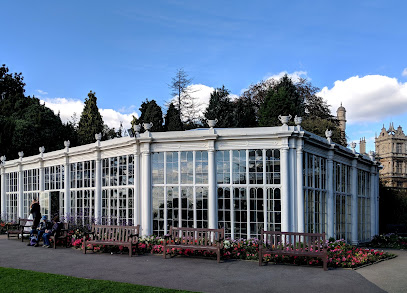
Gazebo
0.1 km
Discover the historical charm of the Gazebo in Nottingham, a serene landmark surrounded by lush greenery, perfect for relaxation and cultural exploration.
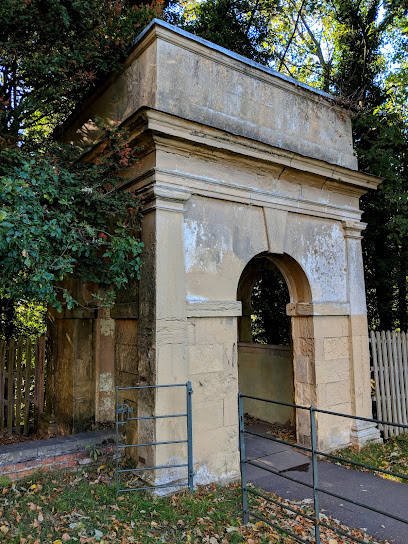
Walled Garden, Wollaton Park
0.7 km
Explore the enchanting Walled Garden at Wollaton Park, a serene community garden showcasing stunning flora and rich history in Nottingham.
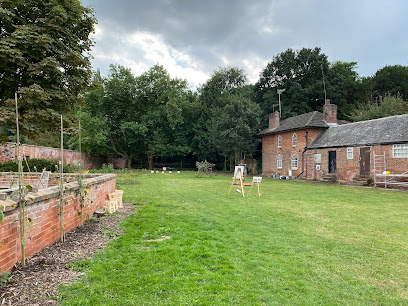
Wollaton Village Dovecote Museum
1.1 km
Discover history at Wollaton Village Dovecote Museum, where the architectural beauty of cultural heritage meets the charm of Nottinghamshire's rural past.
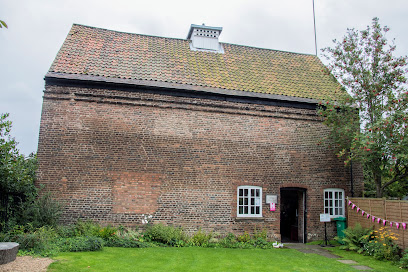
Nottingham City of Literature
1.6 km
Explore Nottingham City of Literature, a UNESCO heritage site celebrating the joy of reading and the power of stories in a beautiful park setting.
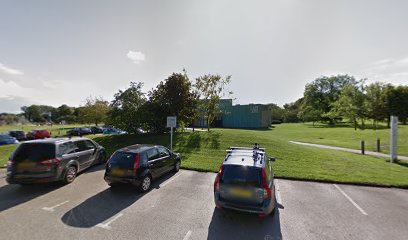
The Park Tunnel
3.5 km
Discover the captivating Park Tunnel in Nottingham, a historic engineering marvel that intertwines nature and architecture in a unique urban experience.
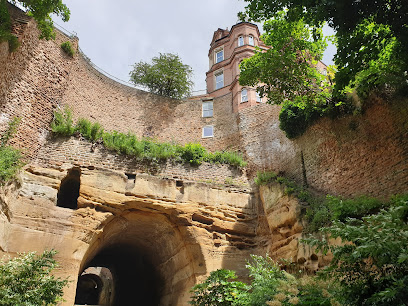
Cathedral Hall
3.6 km
Explore the architectural splendor and serene ambiance of Cathedral Hall, a historic church in the heart of Nottingham, offering a glimpse into the city's rich heritage.
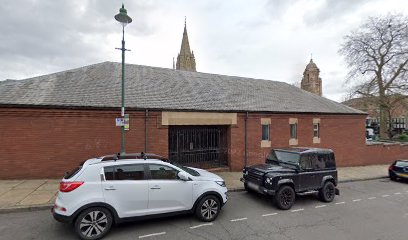
King Charles I Standard Hill Monument
3.6 km
Discover the historical significance of the King Charles I Standard Hill Monument in Nottingham, a tribute to royal legacy and architectural beauty.
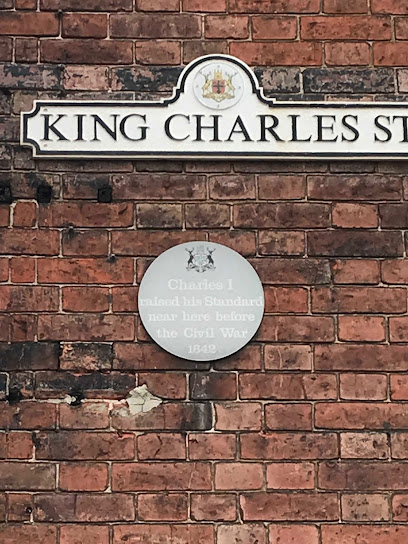
Public Art - Sky Mirror
3.6 km
Explore the Sky Mirror in Nottingham, a stunning public sculpture that reflects the beauty of the sky and the creativity of art in an urban setting.
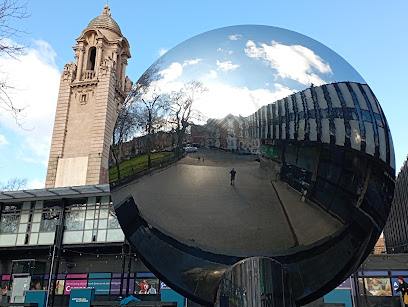
Statue of Captain Albert Ball
3.7 km
Explore the Statue of Captain Albert Ball in Nottingham, a historical landmark that honors a WWI aviation hero amidst the city's rich heritage.
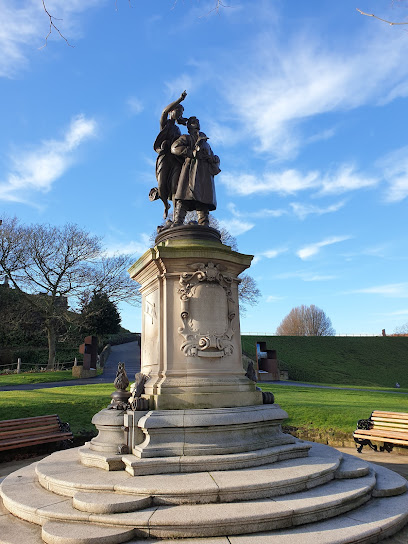
Nottingham Castle Visitors Centre
3.8 km
Discover the captivating history of Nottingham at the Nottingham Castle Visitors Centre, where legends come alive through engaging exhibits and rich narratives.
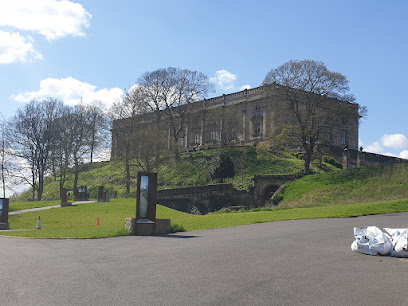
Scale Space Nottingham
3.8 km
Experience collaboration and innovation at Scale Space Nottingham, the premier co-working space in the heart of the city, perfect for entrepreneurs and remote workers.

Cryptology Escape Rooms Nottingham
3.8 km
Experience the thrill of adventure at Cryptology Escape Rooms Nottingham with unique puzzles and immersive storytelling.
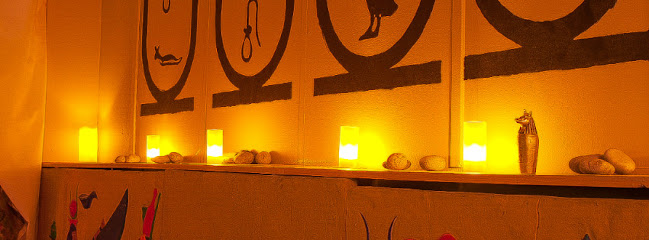
Beeston Lock
3.8 km
Explore Beeston Lock, a historical landmark in Nottingham, where scenic beauty and rich industrial heritage come together for an unforgettable experience.
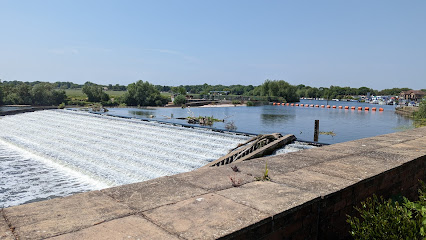
The Original Nottingham Ghost Walk
3.8 km
Discover the chilling history of Nottingham on the Original Nottingham Ghost Walk, where haunted tales and eerie legends come to life in the shadowy streets.
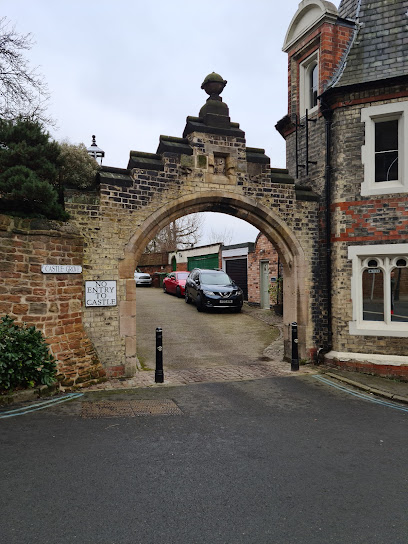
Unmissable attractions to see
Wollaton Hall.
0.1 km
Discover the grandeur of Wollaton Hall, a stunning Elizabethan mansion in Nottingham, surrounded by picturesque gardens and rich history.
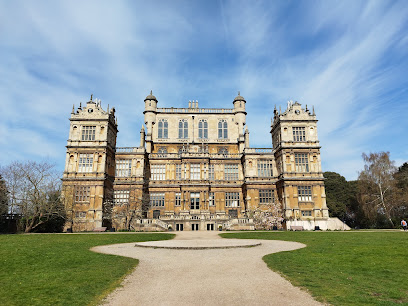
Nottingham Natural History Museum
0.1 km
Explore the Nottingham Natural History Museum, a treasure trove of natural wonders within the stunning Wollaton Hall, perfect for families and nature enthusiasts.
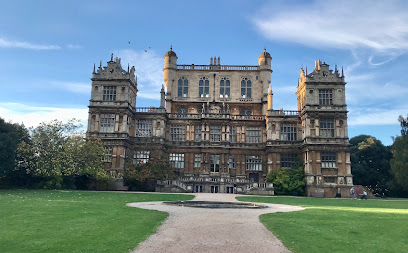
Nottingham Industrial Museum
0.2 km
Explore the rich industrial heritage of Nottingham at the Nottingham Industrial Museum, where history and technology come to life.
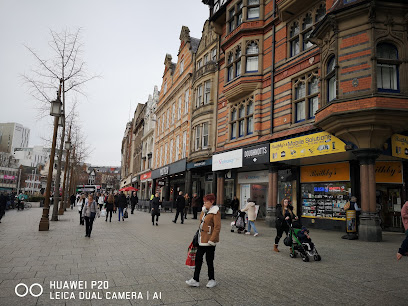
Wollaton Hall, Gardens and Deer Park
0.5 km
Experience the beauty of Wollaton Hall, Gardens, and Deer Park, where nature meets history in the heart of Nottingham.
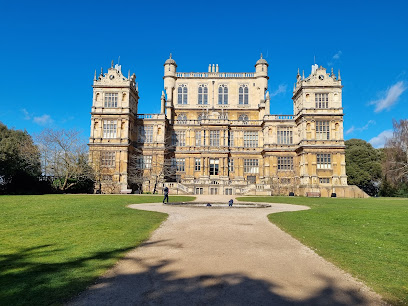
Wollaton Park Lake
0.5 km
Discover the tranquil beauty of Wollaton Park Lake in Nottingham, a perfect escape for nature lovers and outdoor enthusiasts alike.
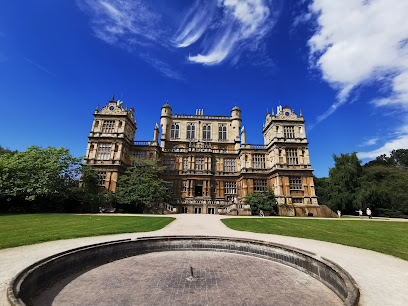
Harrison's Plantation Nature Reserve
1.2 km
Explore the natural beauty of Harrison's Plantation Nature Reserve in Nottingham, a tranquil escape filled with diverse wildlife and scenic trails.
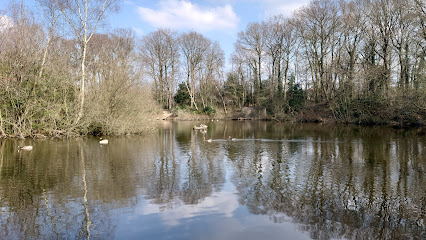
The University of Nottingham Museum of Archaeology
1.7 km
Explore the University of Nottingham Museum of Archaeology, a treasure trove of artifacts nestled in the serene Lakeside Arts Centre, perfect for history lovers.
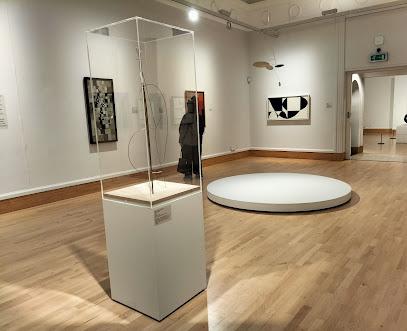
Highfields Park
1.8 km
Explore the lush landscapes and tranquil lakes of Highfields Park, Nottingham's green haven for relaxation and outdoor activities.
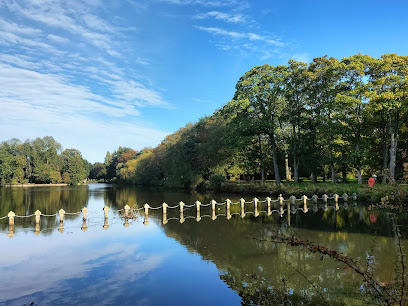
Statue of Honeycomb
2.2 km
Explore the Statue of Honeycomb in Beeston, a captivating tourist attraction showcasing unique artistry in a charming setting.
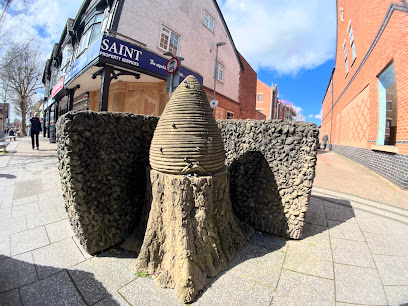
King's Meadow Nature Reserve
2.8 km
Discover the serene beauty of King's Meadow Nature Reserve, a lush escape filled with diverse wildlife, scenic trails, and peaceful landscapes in Nottingham.
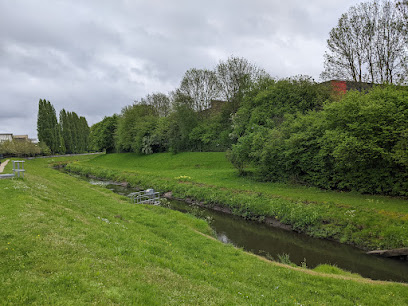
The Museum Of Curiosities
3.4 km
Discover the odd and extraordinary at The Museum of Curiosities, a captivating journey into the world of bizarre artifacts and unusual wonders in Nottingham.
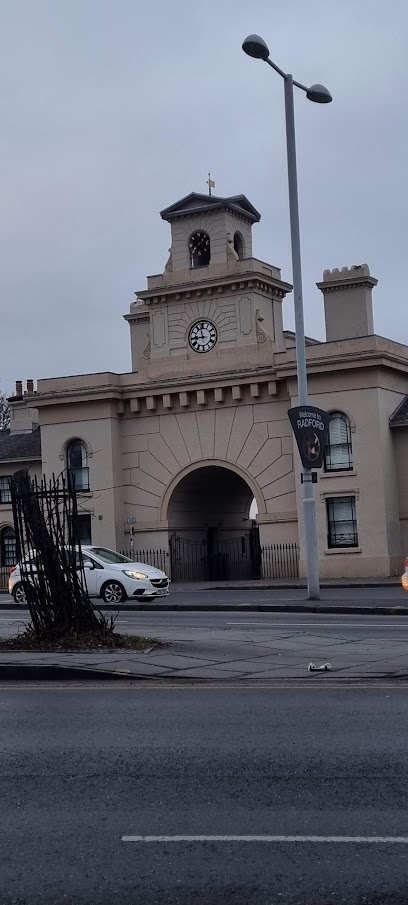
Cliff of Nottingham Castle
3.6 km
Discover the breathtaking views and rich history at the Cliff of Nottingham Castle, an iconic landmark in the heart of Nottingham.
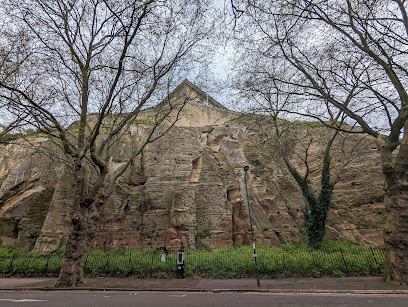
St Barnabas Cathedral Nottingham
3.6 km
Discover the breathtaking St Barnabas Cathedral in Nottingham, a stunning Gothic Revival masterpiece rich in history and serene beauty.

Nottingham Playhouse
3.7 km
Discover the vibrant performances at Nottingham Playhouse, a premier destination for arts and culture in the heart of the city.
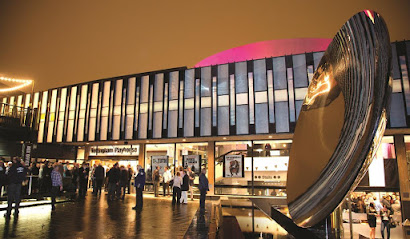
Nottingham Castle
3.7 km
Explore Nottingham Castle, a captivating historical landmark and art museum in England, rich in history and stunning views.
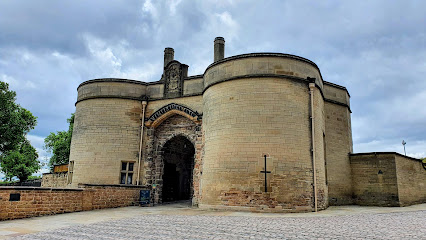
Essential places to dine
Mr Man's Restaurant
0.7 km
Experience authentic Chinese cuisine in the scenic Wollaton Park at Mr Man's Restaurant—where flavor meets nature in Nottingham.

Wollaton Fish Bar
0.8 km
Savor delicious fish and chips at Wollaton Fish Bar - a must-visit for tourists seeking authentic British flavors in Nottingham.
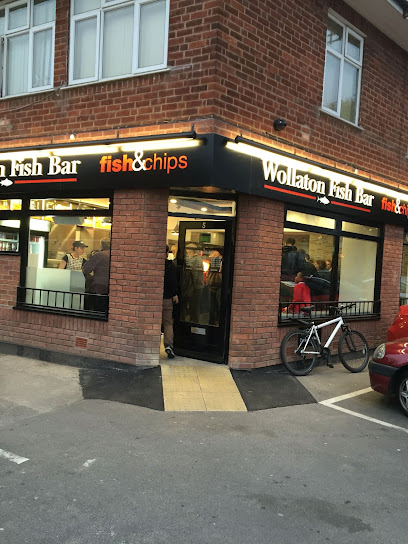
Wheelhouse
0.9 km
Experience authentic British cuisine at The Wheelhouse in Wollaton - where comfort food meets local charm.
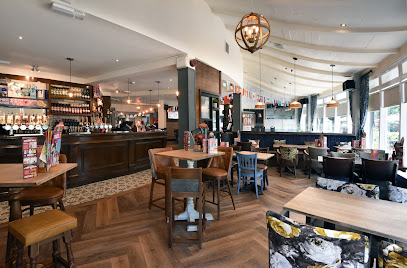
Wollaton Pub & Kitchen
0.9 km
Experience the best of British cuisine at Wollaton Pub & Kitchen – where tradition meets contemporary dining in Nottingham.
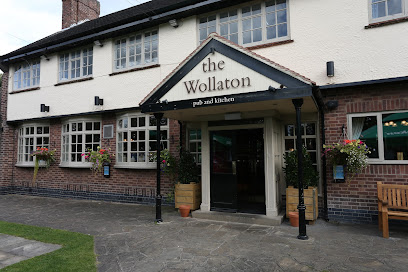
Miller & Carter Wollaton
1.0 km
Experience the best steaks in Nottingham at Miller & Carter Wollaton – where flavor meets elegance in every bite.
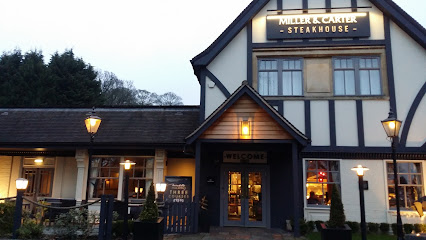
Admiral Rodney
1.0 km
Discover the charm of The Admiral Rodney in Nottingham – where traditional pub culture meets modern dining experiences.
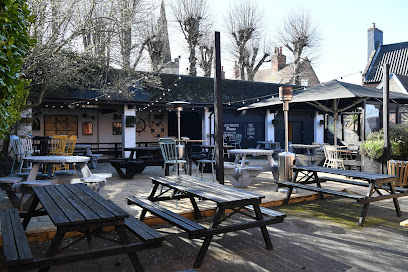
SUDA Delicatessen & World Kitchen
1.4 km
Discover diverse flavors at SUDA Delicatessen & World Kitchen - where every meal is crafted with passion in Nottingham.

ZHUG
1.5 km
Experience the rich flavors of Mediterranean and Middle Eastern cuisine at ZHUG, Nottingham's premier dining destination.
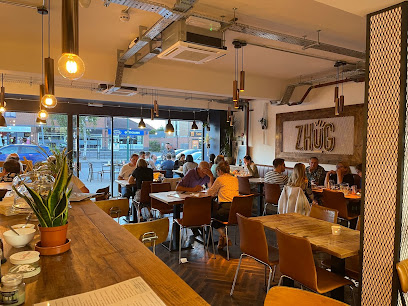
Spicy House
1.8 km
Experience authentic Chinese flavors at Spicy House in Nottingham – a culinary haven for food lovers seeking traditional dishes.

BEST FOOD Chinese And Thai Takeaway
1.8 km
Experience authentic Chinese and Thai cuisine at BEST FOOD Takeaway in Wollaton—delicious meals made with quality ingredients at affordable prices.

Alchemilla
3.1 km
Discover Nottingham's culinary gem at Alchemilla, where fine dining meets innovative British cuisine in an elegant setting.
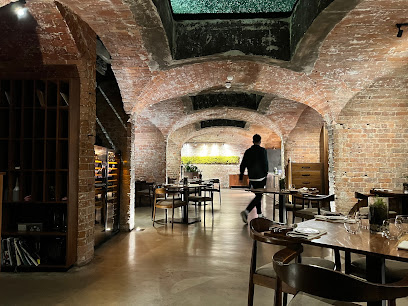
Sans Patrie
3.3 km
Experience fine dining at Sans Patrie in Nottingham, where exquisite flavors meet elegant ambiance for an unforgettable culinary journey.
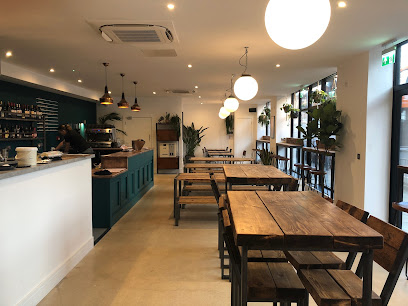
Warsaw Diner
3.4 km
Indulge in delicious American breakfasts at Warsaw Diner – Nottingham's favorite spot for morning delights.
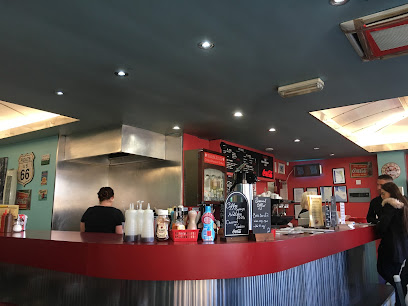
Hart's Hotel and Kitchen
3.6 km
Discover Hart's Hotel and Kitchen - an exquisite restaurant and hotel offering seasonal British cuisine in the heart of Nottingham.

Browns Nottingham
3.7 km
Discover Browns Nottingham: A stylish brasserie offering modern British cuisine in an elegant setting, perfect for every occasion.
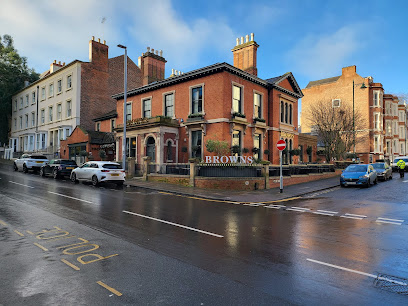
Markets, malls and hidden boutiques
Treasure Trove - Nottingham Industrial Museum
0.2 km
Explore Nottingham's Treasure Trove Charity Shop for vintage finds and local treasures while supporting community causes in a historic setting.
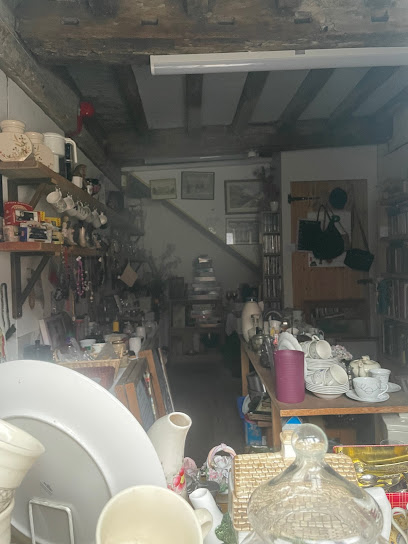
B & V Thornhill
0.8 km
Discover B & V Thornhill, your friendly neighborhood newsagent in Wollaton, Nottingham, offering local news, snacks, and convenience items.
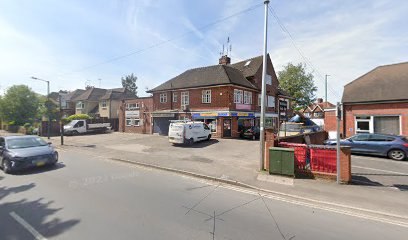
Rico’s Vape Store Wollaton
0.8 km
Explore a diverse range of vaporizers and e-liquids at Rico's Vape Store Wollaton, Nottingham's premier destination for vaping enthusiasts.

Aryaan Straps
1.0 km
Explore the vibrant world of fashion accessories at Aryaan Straps in Beeston, Nottingham, where style meets uniqueness in every piece.

Marks and Spencer
1.4 km
Discover Marks and Spencer in Wollaton for a unique shopping experience featuring gourmet groceries, stylish clothing, and much more, all in one place!
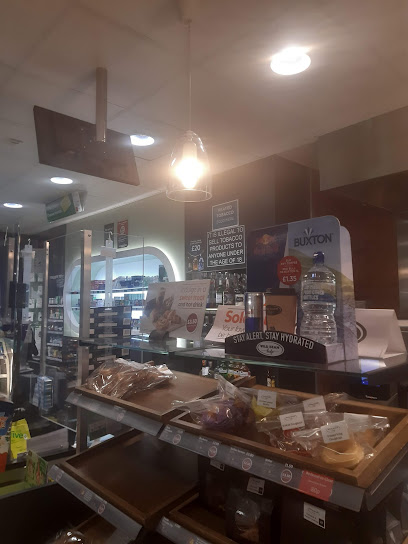
Indigo Ladieswear, Gifts & Accessories
1.5 km
Discover unique ladies' fashion, gifts, and jewelry at Indigo Ladieswear, Gifts & Accessories in Nottingham, a stylish destination for every shopper.

Grocery Store & Florist
1.5 km
Explore Nottingham's local culture at this delightful grocery store and florist, perfect for unique gifts and fresh flowers.
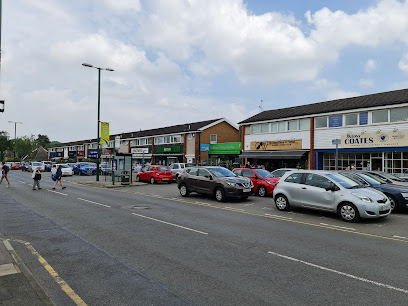
Stratus Wallets
1.5 km
Discover unique gifts and treasures at Stratus Wallets, Nottingham's charming gift shop for memorable souvenirs and accessories.
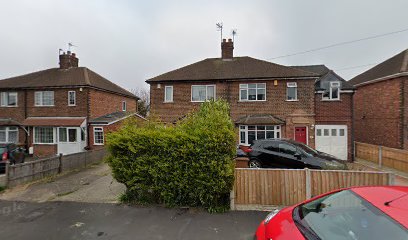
Catherine’s Exclusive Fashion
1.5 km
Discover unique fashion treasures at Catherine's Exclusive Fashion, Nottingham's premier boutique for stylish clothing and accessories.

Iguazu Fair Trade Superstore
2.1 km
Explore the Iguazu Fair Trade Superstore for unique gifts, clothing, and home decor that support ethical craftsmanship and local artisans.
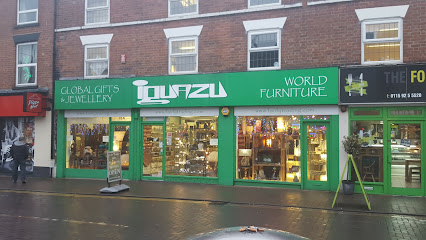
Fromno19
2.8 km
Explore Fromno19, a charming gift shop offering unique local souvenirs and handmade crafts, perfect for capturing your travel memories.

Castle Marina Retail Park
3.4 km
Discover Castle Marina Retail Park: Nottingham's premier shopping destination with diverse stores, dining, and vibrant atmosphere.

Happy Sunday Vintage & Antiques
3.4 km
Explore a charming vintage clothing shop and antique haven in Nottingham, filled with unique treasures and nostalgic finds.
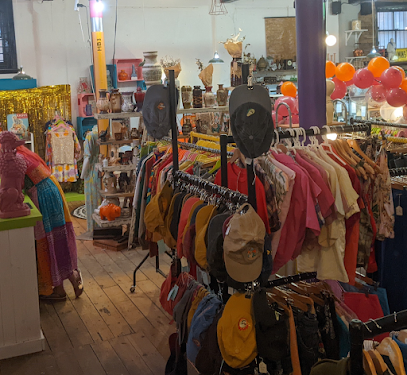
ChicChoiceHub
3.7 km
Explore the enchanting world of Oriental goods at ChicChoiceHub in Nottingham, where culture and craftsmanship come together.

Common Choice
3.7 km
Explore the latest fashion trends at The Common Choice in Nottingham, a vibrant clothing shop for stylish tourists and locals alike.
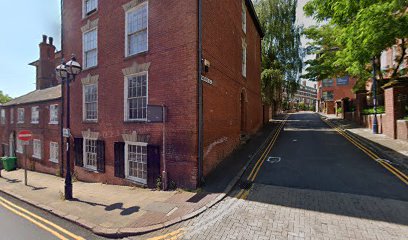
Essential bars & hidden hideouts
The Hemlock Stone
1.3 km
Explore The Hemlock Stone: Nottingham's cozy pub offering delicious food and a welcoming atmosphere for a perfect dining experience.
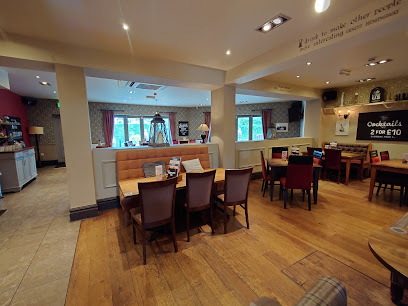
Nurseryman - Pub & Grill
1.6 km
Experience the heart of Beeston at Nurseryman - Pub & Grill, where delicious food meets a vibrant atmosphere in Nottingham.
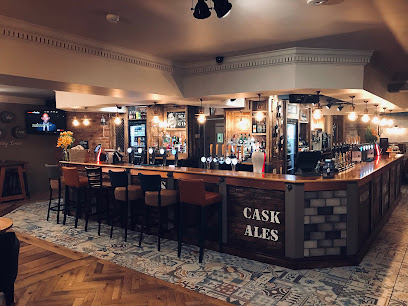
The Pelican
2.4 km
Discover The Pelican pub in Nottingham, where traditional charm meets modern comfort for an unforgettable British experience.

Crafty Crow
3.8 km
Discover Crafty Crow: A lively pub in Nottingham offering innovative vegetarian dishes and a diverse selection of craft beers for every palate.
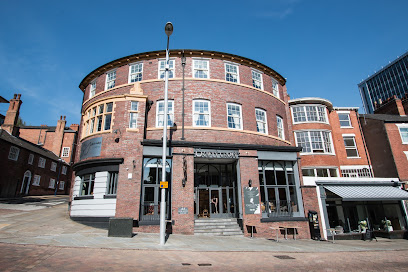
Tap & Tumbler
3.9 km
Discover the charm of Tap & Tumbler, a cozy pub in Nottingham offering a delightful assortment of local ales and hearty meals in a friendly atmosphere.

Malt Cross
3.9 km
Experience the vibrant culture of Nottingham at Malt Cross, where art, community, and great drinks come together in a historic pub setting.
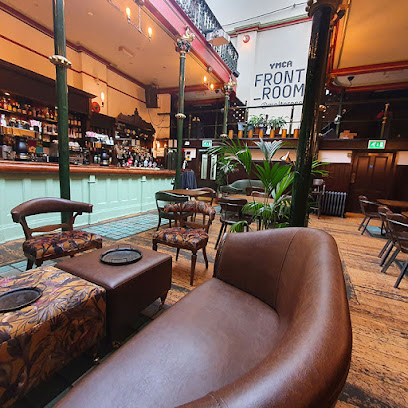
Ye Olde Salutation Inn
3.9 km
Experience the rich history and vibrant atmosphere of Ye Olde Salutation Inn, Nottingham's oldest pub, offering a unique taste of local culture.
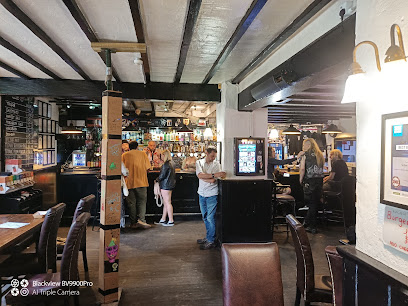
Cucamara
3.9 km
Experience the vibrant nightlife at Cucamara, Nottingham's go-to cocktail bar offering expertly crafted drinks and a lively atmosphere.

Bunk
3.9 km
Experience Nottingham's vibrant nightlife at Bunk, where exquisite cocktails and delicious chicken wings await in a unique basement setting.
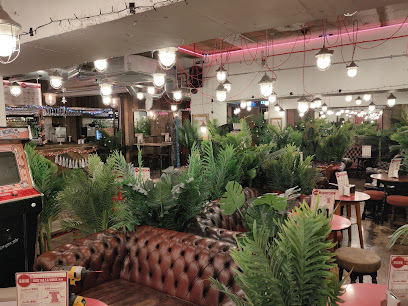
Six Richmond House
3.9 km
Discover the vibrant cocktail culture at Six Richmond House in Nottingham, where unique drinks and a lively atmosphere await you.
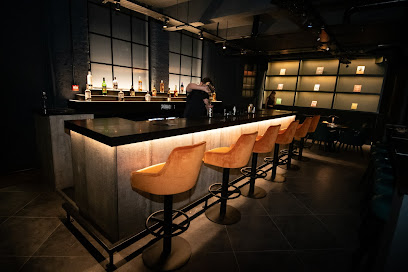
400 Rabbits
3.9 km
Discover 400 Rabbits, Nottingham's premier cocktail bar blending creativity and quality for an unforgettable nightlife experience.

The Stage Pub Nottingham
3.9 km
Discover The Stage Pub Nottingham: A lively venue blending great food, local brews, and live music in the heart of Nottingham's vibrant nightlife.
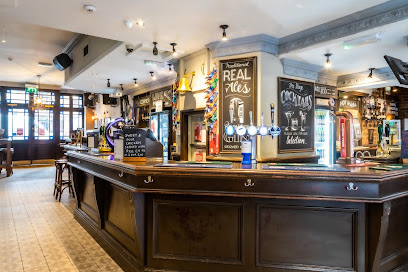
The Bierkeller Nottingham
3.9 km
Discover the lively atmosphere of The Bierkeller Nottingham, where great food, drinks, and entertainment await in a vibrant beer hall setting.

Slug & Lettuce - Market Square Nottingham
4.0 km
Experience the lively atmosphere and delicious cuisine at Slug & Lettuce, Nottingham's premier cocktail bar and restaurant in Market Square.
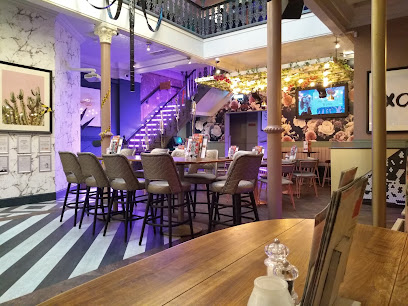
O'Neill's Market Square Nottingham
4.0 km
Experience the lively atmosphere and rich flavors at O'Neill's Market Square Nottingham, a must-visit pub for all travelers.




